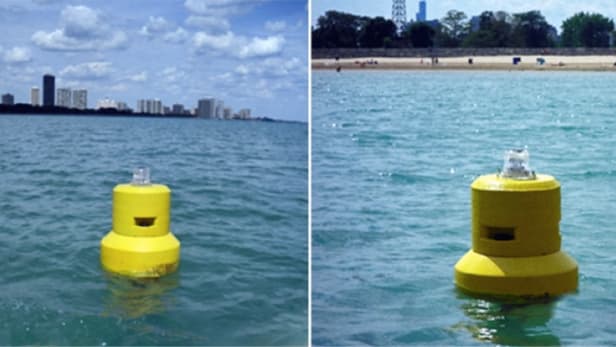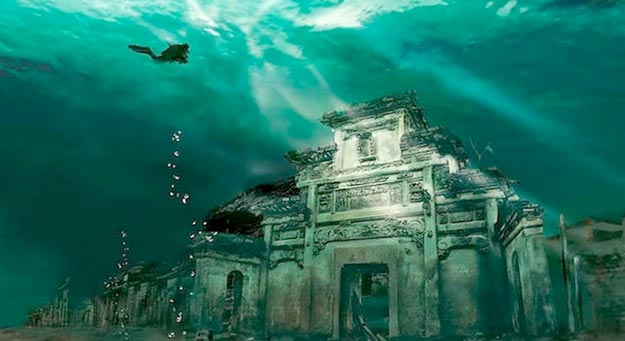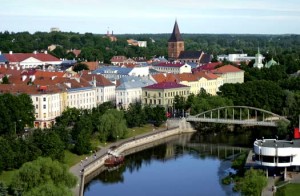Is the water in your local lake clean enough to swim in today? Currently, the only way to find out is for someone to take a water sample, bring it back to a lab, then report the analysis 24 to 48 hours later. Soon, however, water-sampling buoys anchored off of beaches could provide readings in real time.
 Developed by scientists at Michigan State University and the US Geological Survey, each of the buoys contain sensors that continuously measure variables such as water temperature, clarity and bacterial content. Using an onboard cellular modem, they transmit that data to a shore-based server. Read more
Developed by scientists at Michigan State University and the US Geological Survey, each of the buoys contain sensors that continuously measure variables such as water temperature, clarity and bacterial content. Using an onboard cellular modem, they transmit that data to a shore-based server. Read more





